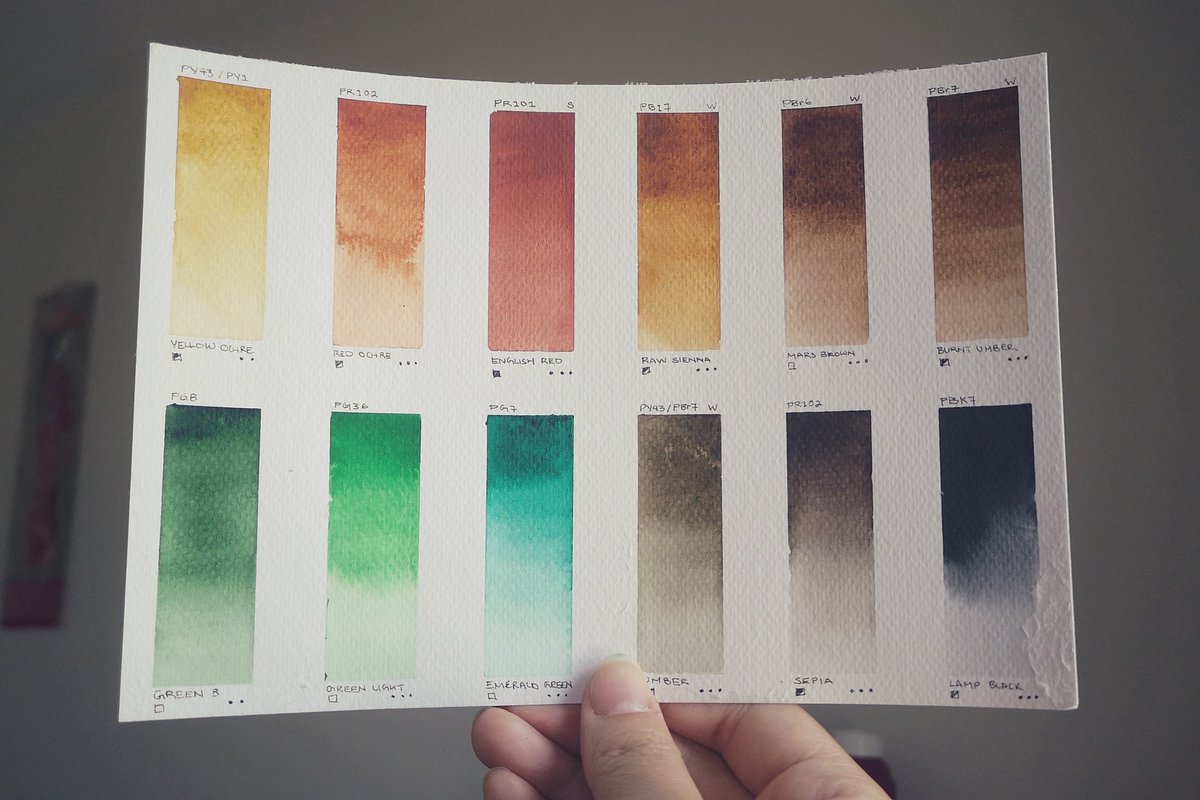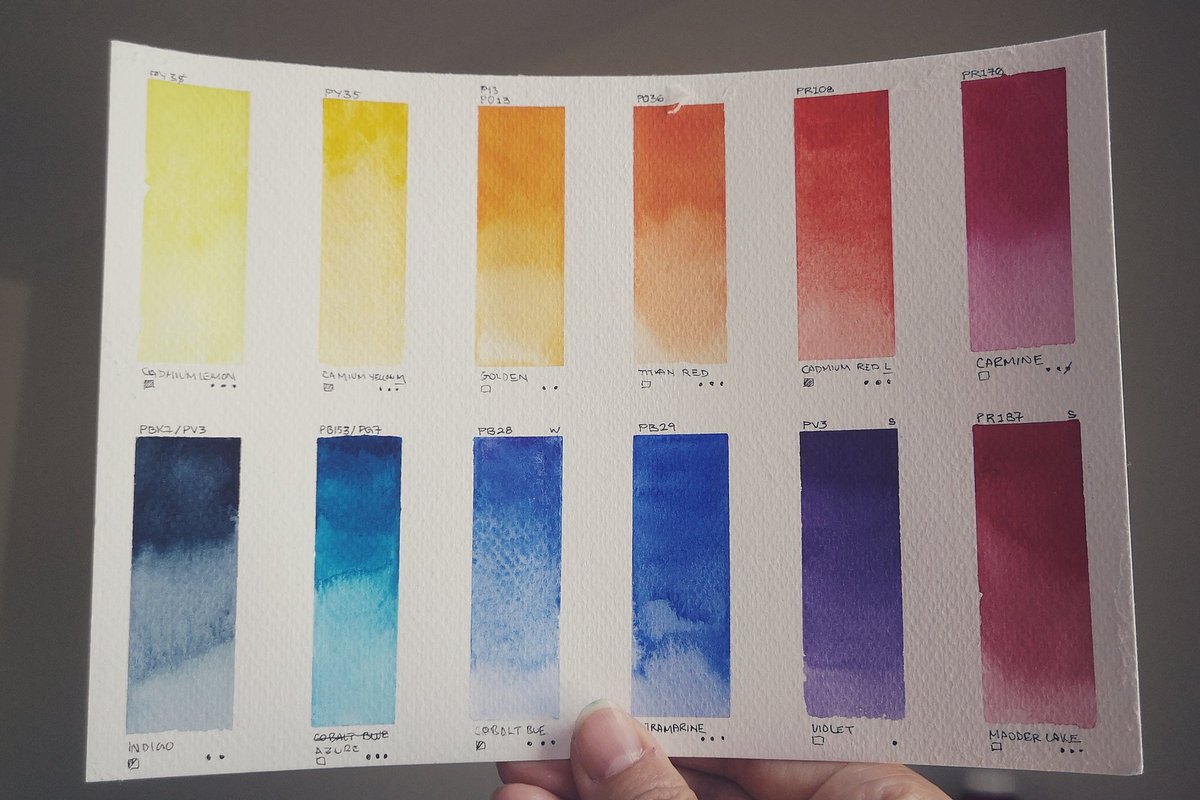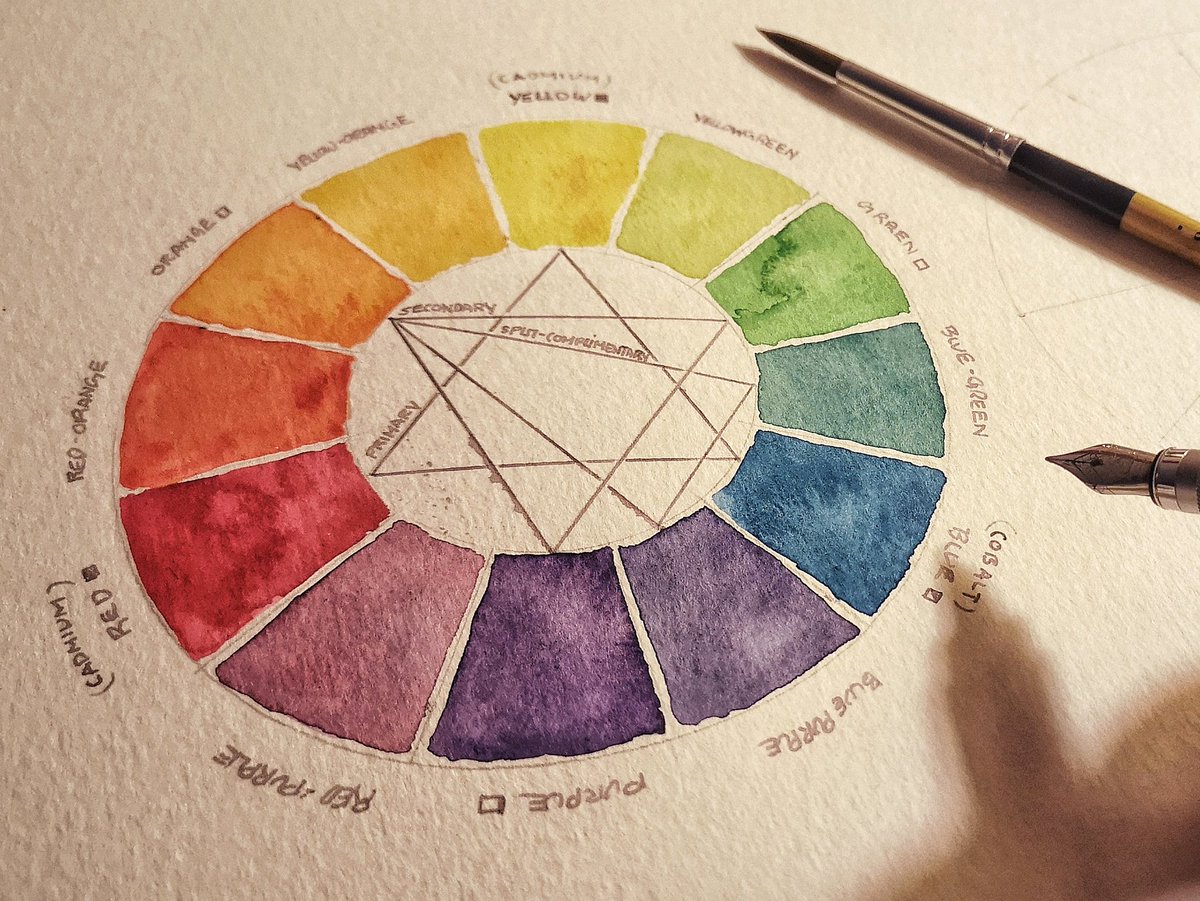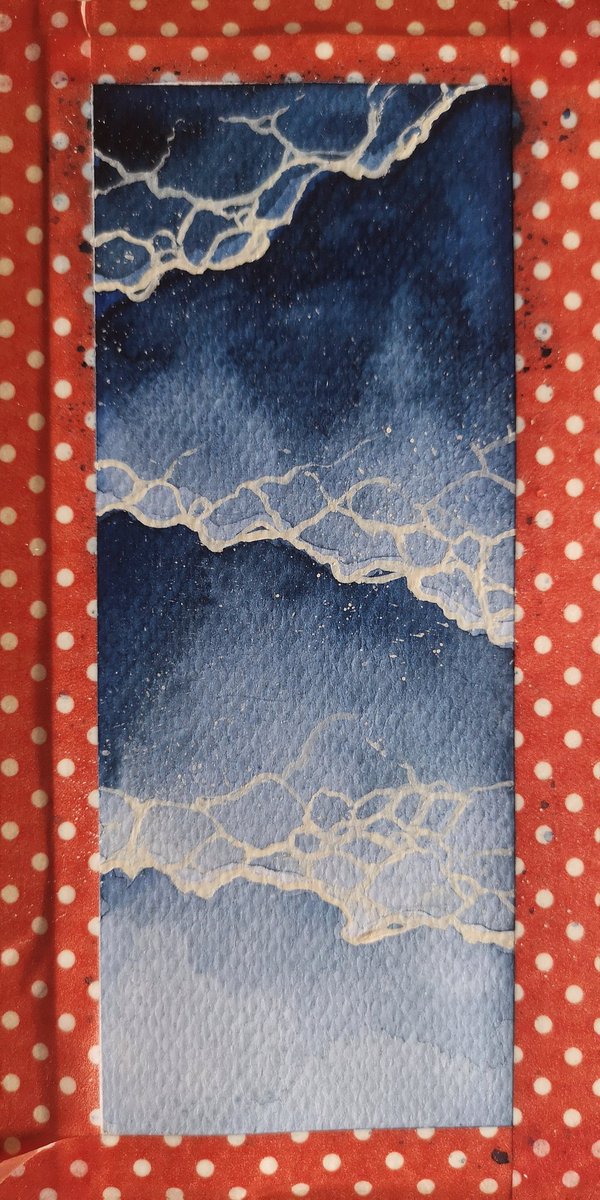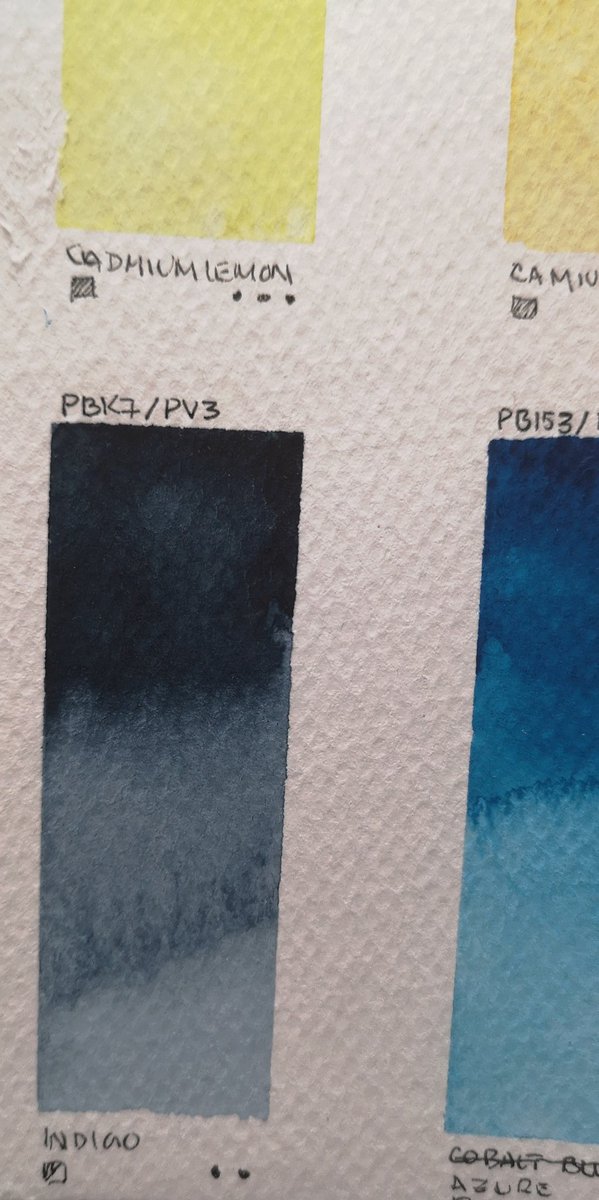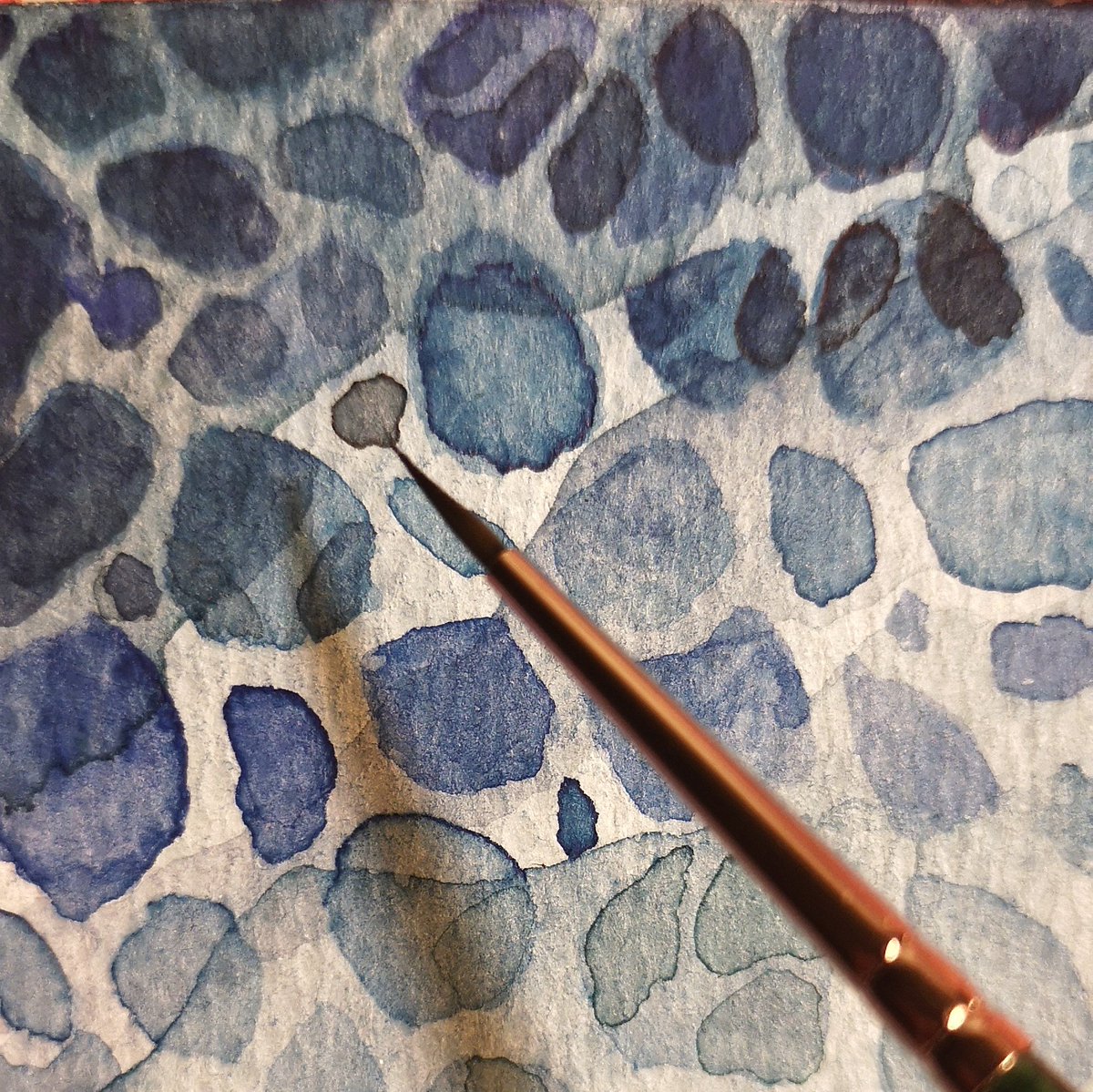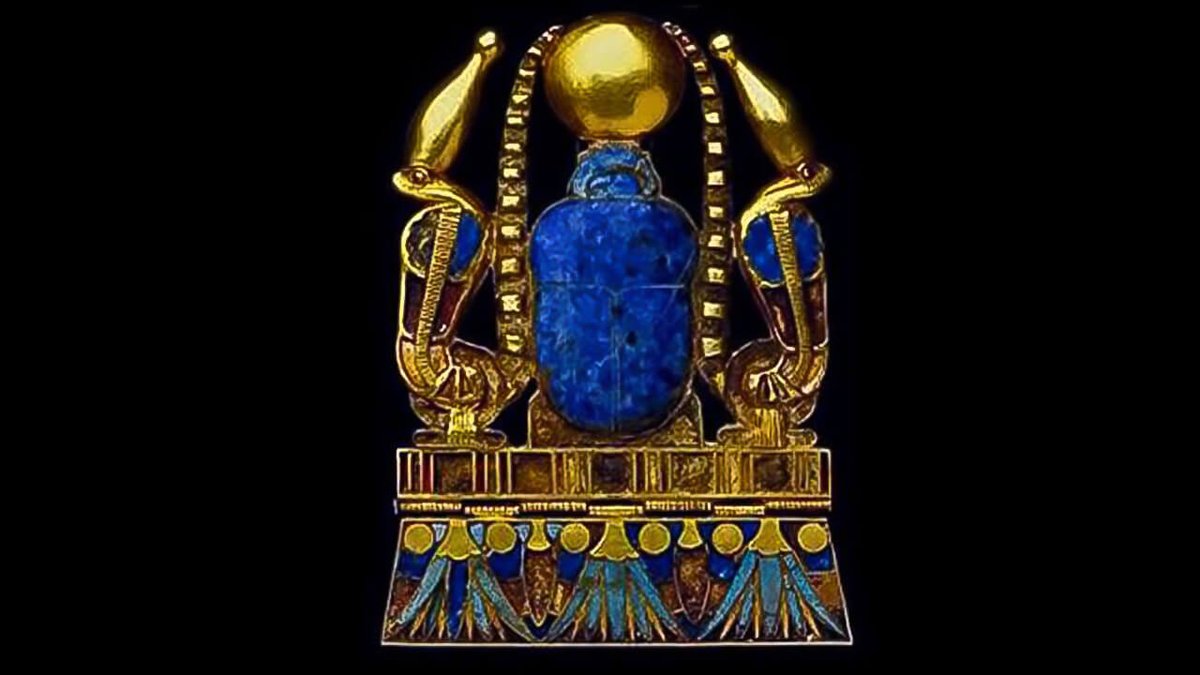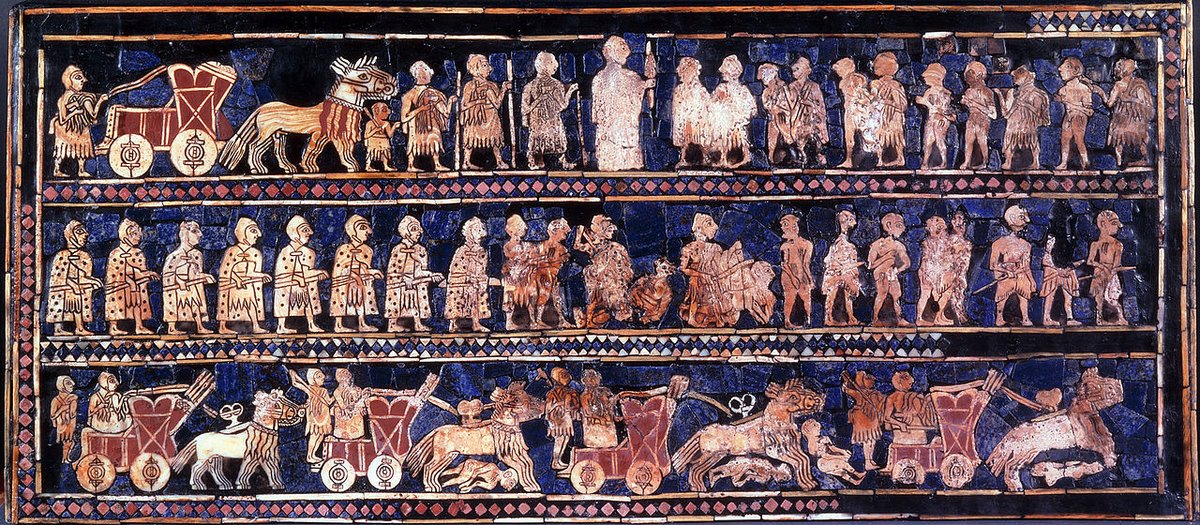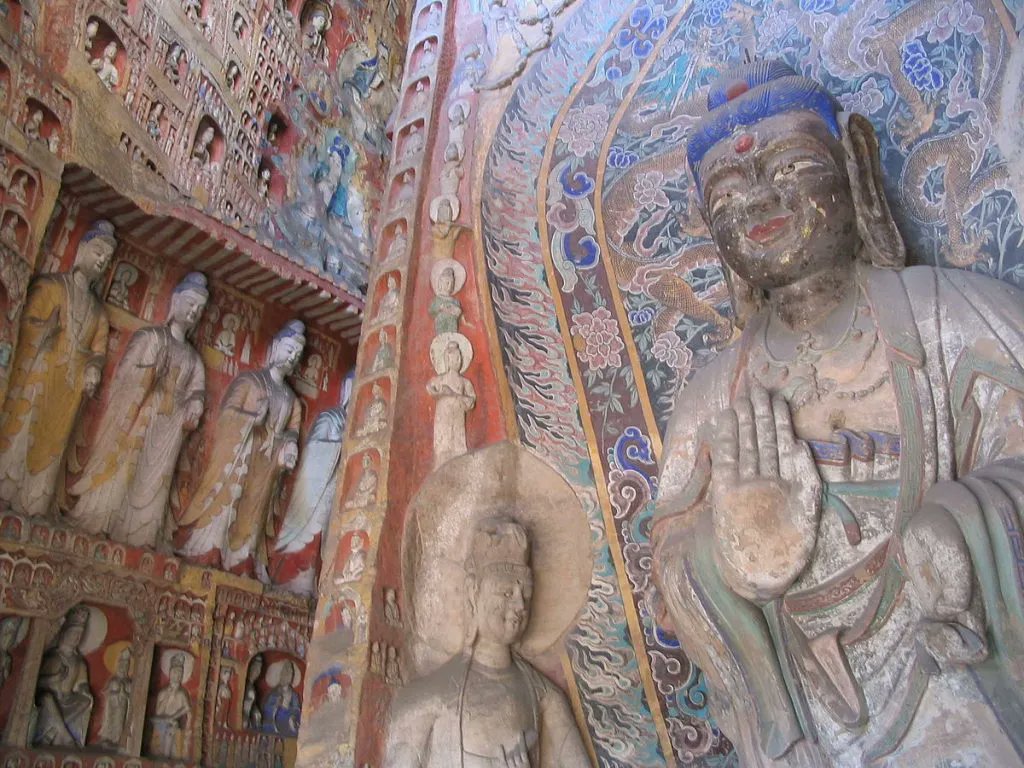So far it's working. Too sleepy to scroll. 😴😴
"PB29 undergoes a very large drying shift, lightening by almost 30% and dropping almost 20% in chroma." - handprint.com/HP/WCL/waterb.…
So yeah, ultramarine is a troll. I tried:
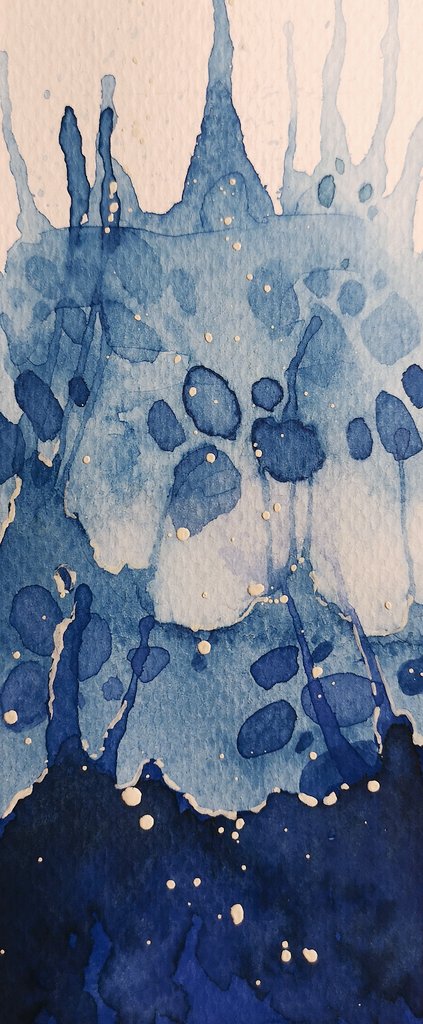
You can go down that rabbit hole here... handprint.com/HP/WCL/color2.…
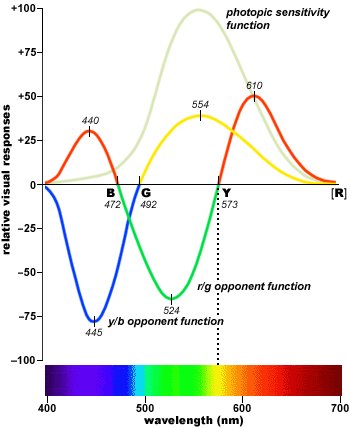
They are both SO skillful. I paused and rewinded several times to try to follow their techniques. Check them out. 🙏🏼
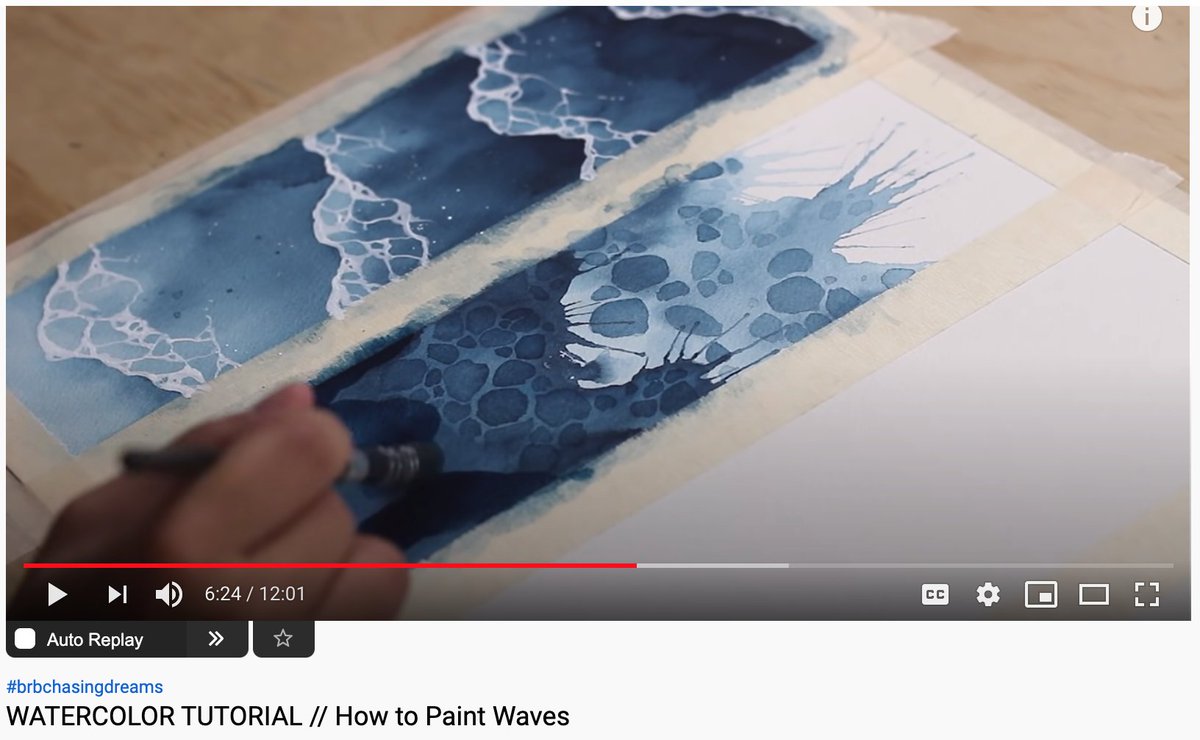
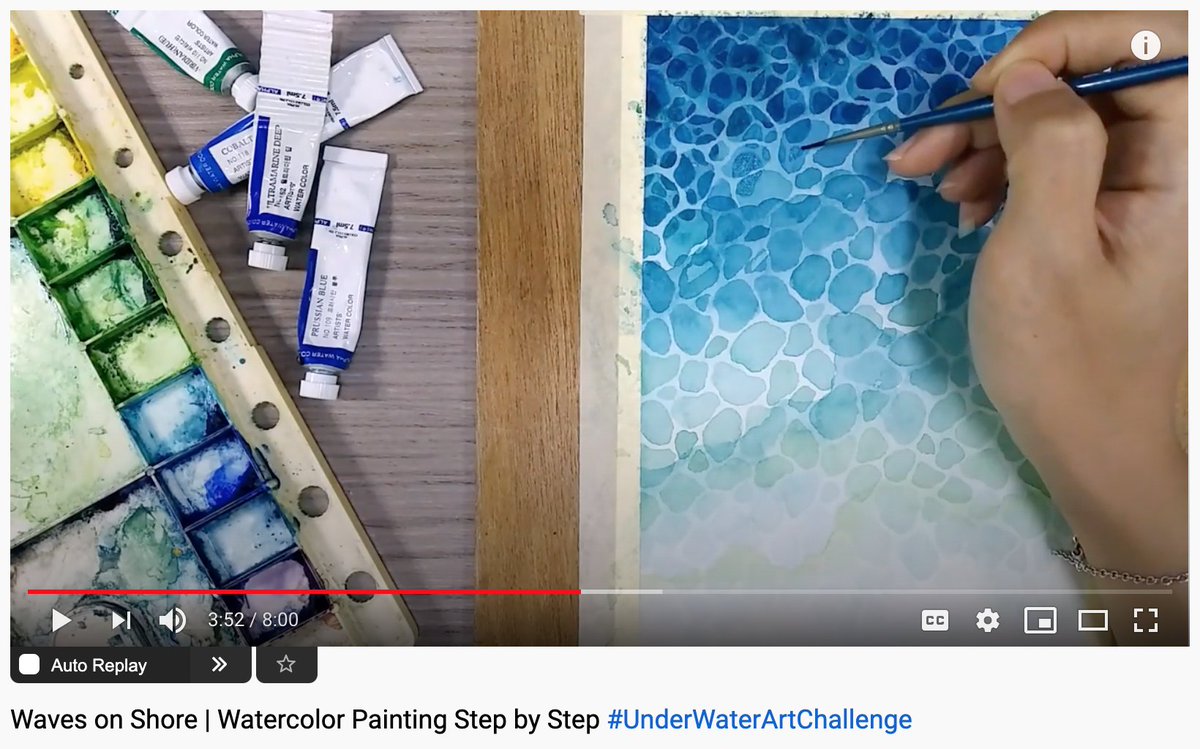
By following tutorials and swapping their palette with mine, I can focus on understanding my pigments through a variety of applications/techniques, while avoid getting caught up with composition.
How to make natural pigments with buckthorn:
wendyfe.wordpress.com/2018/11/17/bye…
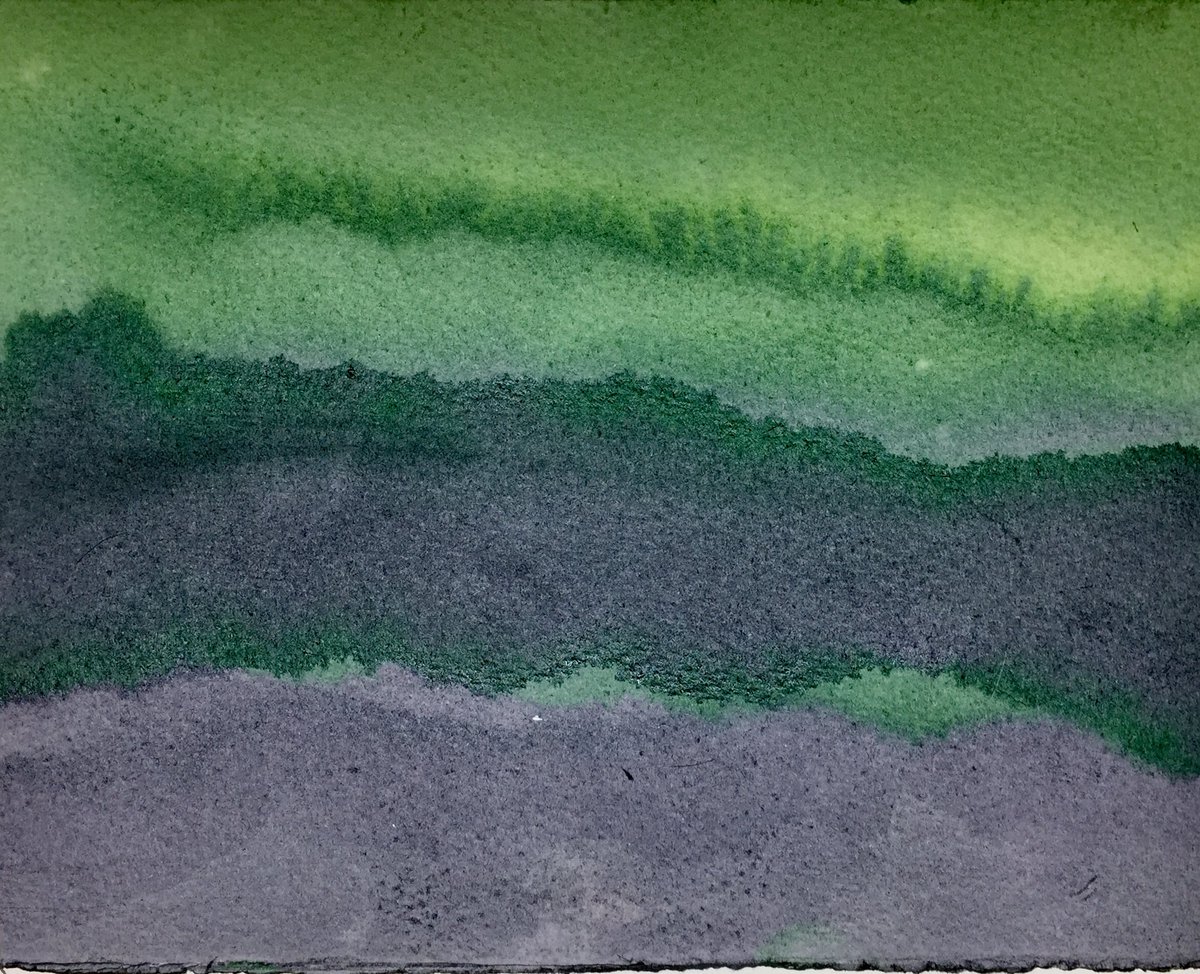
Phthalos are staining - if you use wet brush on top of a dried layer, pigment will stay as opposed to Russian green PG8 where you can 'lift' the colour for fx.
With staining pigments, lifting is best done wet. Here I'm double-dipping PG7 to lighten the layer.
Rabbit hole on that!
atlasobscura.com/articles/renai…

